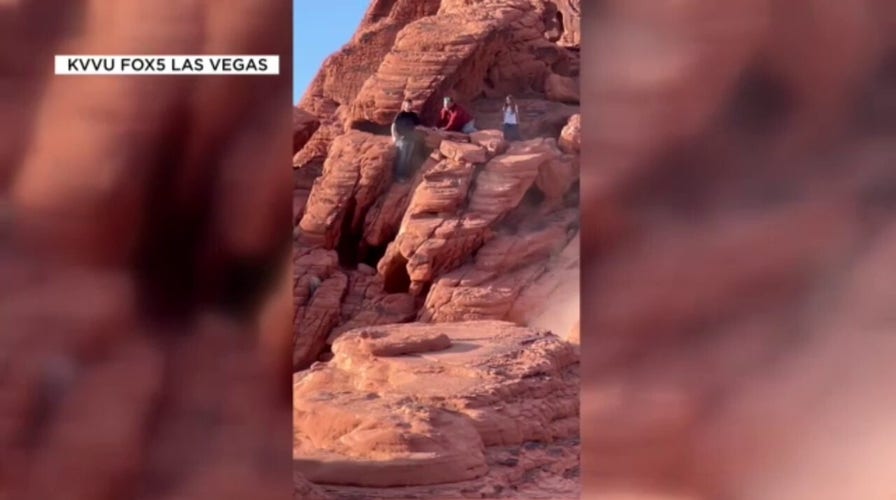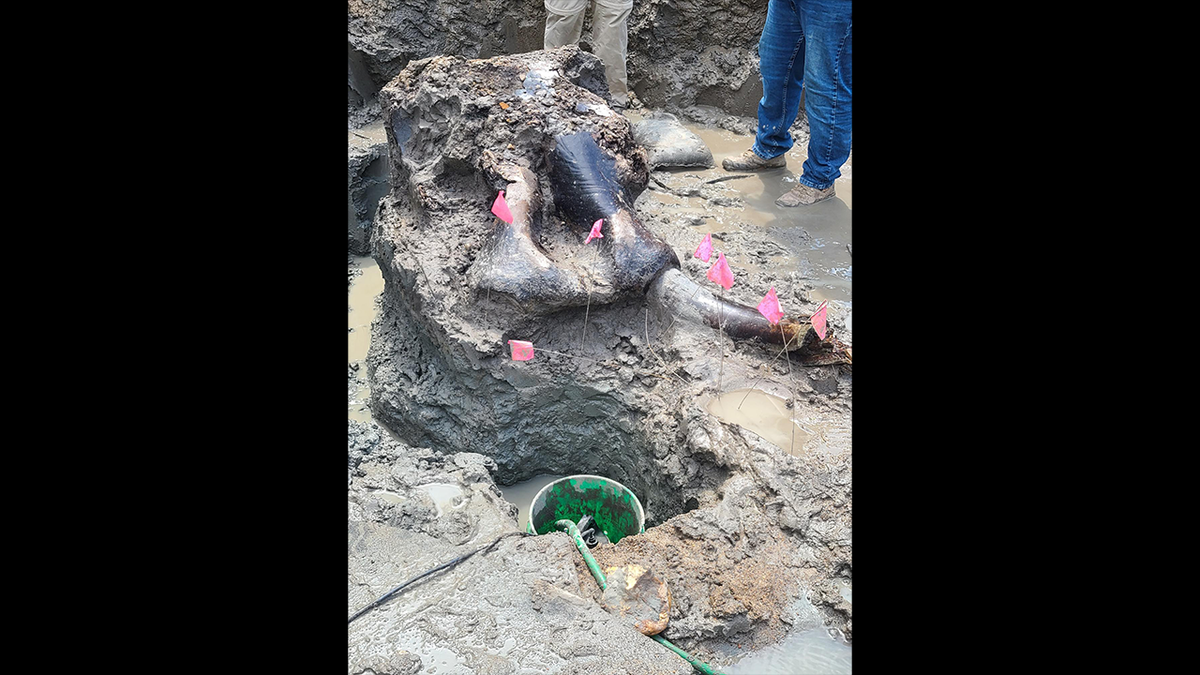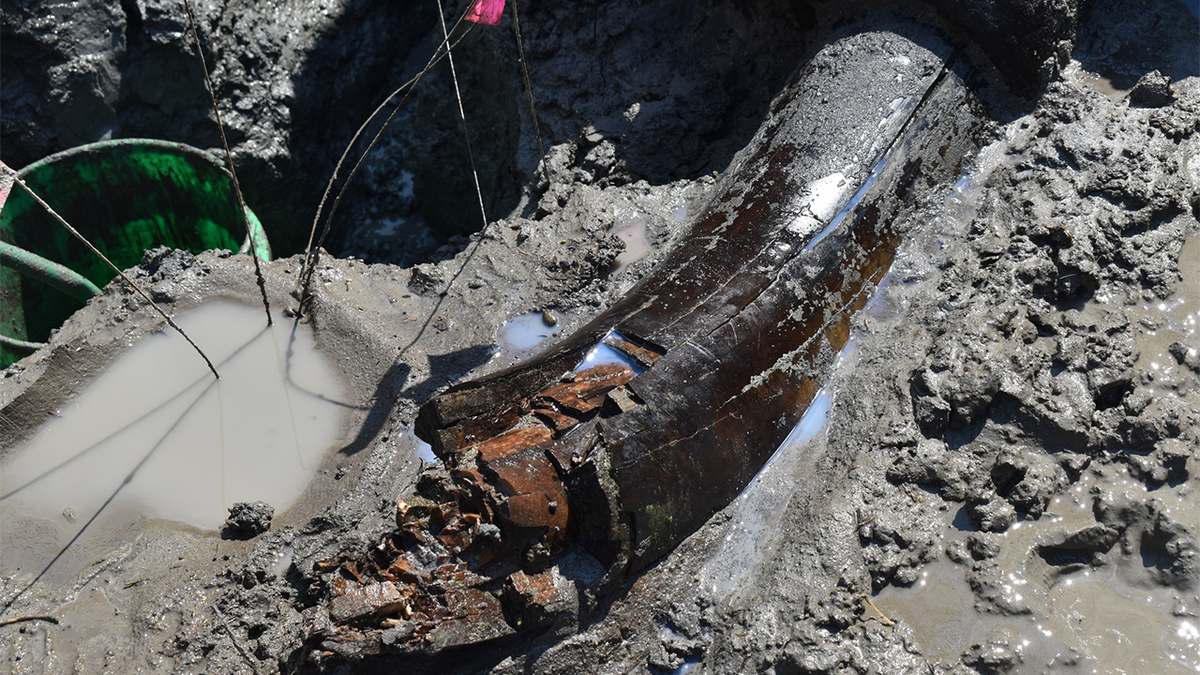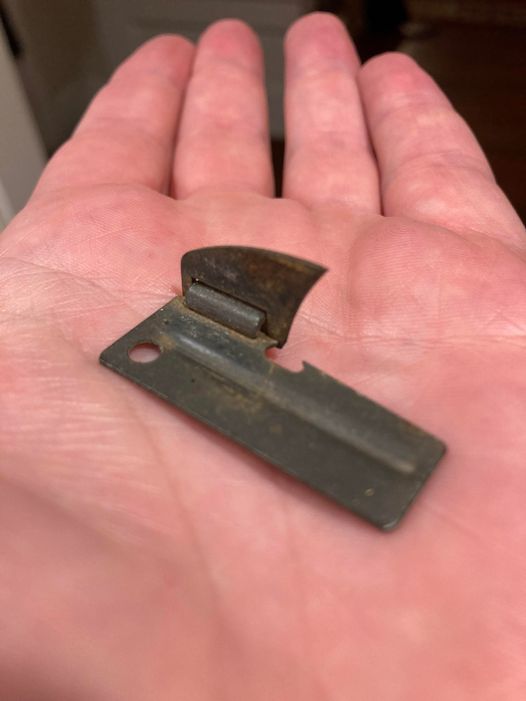Excavation took 12 days to complete, Iowa archaeologists said

Imagine strolling along a serene creek in Iowa, only to discover a prehistoric treasure patiently waiting for its grand debut. Well, that’s precisely what happened when archaeologists unearthed a 13,000-year-old mastodon skull in near-mint condition! You might think they just found a fancy rock, but no—this was an ancient creature’s noggin, and it has a story to tell.
The bones were rescued from an eroding creek bank in Wayne, Iowa, leading to a 12-day archaeological dig that sounds like it was equal parts dusty and exhilarating. This discovery was not just a run-of-the-mill skeleton; it’s a potential goldmine for understanding human-animal interactions from an era where mammoths freely roamed North America.

Now, before you imagine tiny brushes delicately sweeping away centuries of sediment, think bigger. The Office of the State Archaeologist (OSA) in Iowa first got wind of this treasure trove back in 2022. Flash forward to a couple of weeks ago, and they finally got their hands dirty enough to rescue the majestic mastodon skull.
So, how do we know it’s a mastodon, and not just some oversized cow? Radiocarbon dating! That’s right, the meticulous science that tells us just how ancient something is pegged this skull at a jaw-dropping 13,600 years old. To put that in perspective, that’s around the time early humans were still figuring out how to make stone tools and fire.

What’s the big deal, you ask? Well, finding something this well-preserved is like scoring a mint-condition comic book from the early 1900s in your attic. This mastodon skull isn’t just a relic; it’s a potential Rosetta Stone for researchers who hope to uncover signs of human interactions—think cut marks or embedded projectile points.
“We’re really hoping to find evidence of human interaction with this creature – perhaps the projectile points and knives that were used to kill the animal and do initial butchering,” said John Doershuk, the big cheese and state archaeologist at OSA. “There’s also potential evidence on the bones themselves – there could be identifiable cut marks.”

Mastodons, for those not up-to-date on their prehistoric fauna, were massive mammals that bear a striking resemblance to our modern-day elephants. They roamed North America starting about 3.5 million years ago and checked out around 10,500 years ago, perhaps overwhelmed by the early humans’ evolving hunting techniques.
Here’s the kicker: this find is a first for Iowa. That’s right, it’s the “first-ever well-preserved mastodon (primarily the skull) that has been excavated in Iowa,” according to Iowa Archaeology. If bronze medals were given for paleontological feats, Iowa would be proudly wearing theirs right now.

Once the good folks at the University of Iowa finish conservation and analysis, this regal skull will make its way to an exhibit at the Prairie Trails Museum, ready to be oggled and awed at by future generations. So, the next time you’re wading through a creek, keep your eyes peeled—you might just stumble upon a piece of history waiting to be unearthed.





